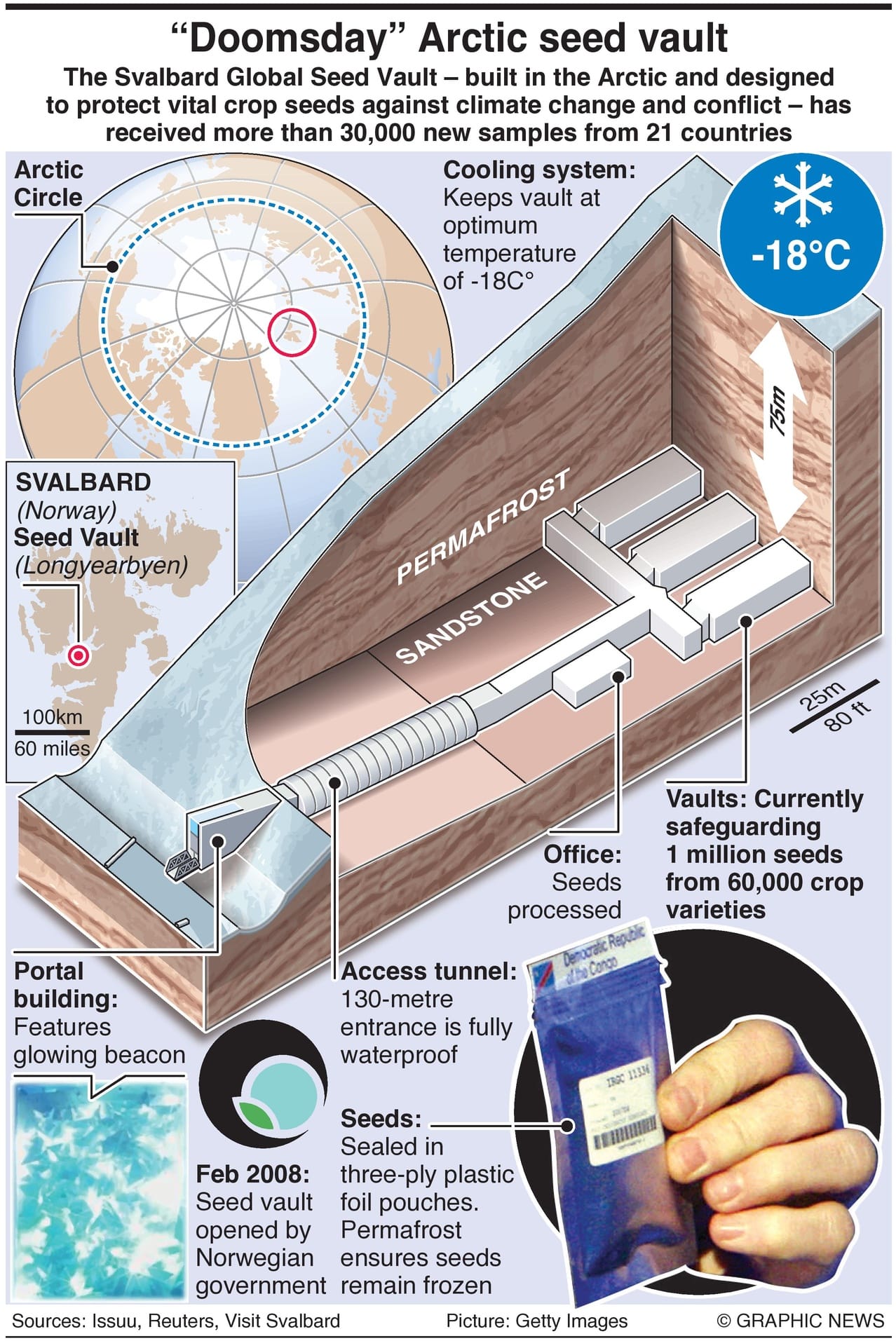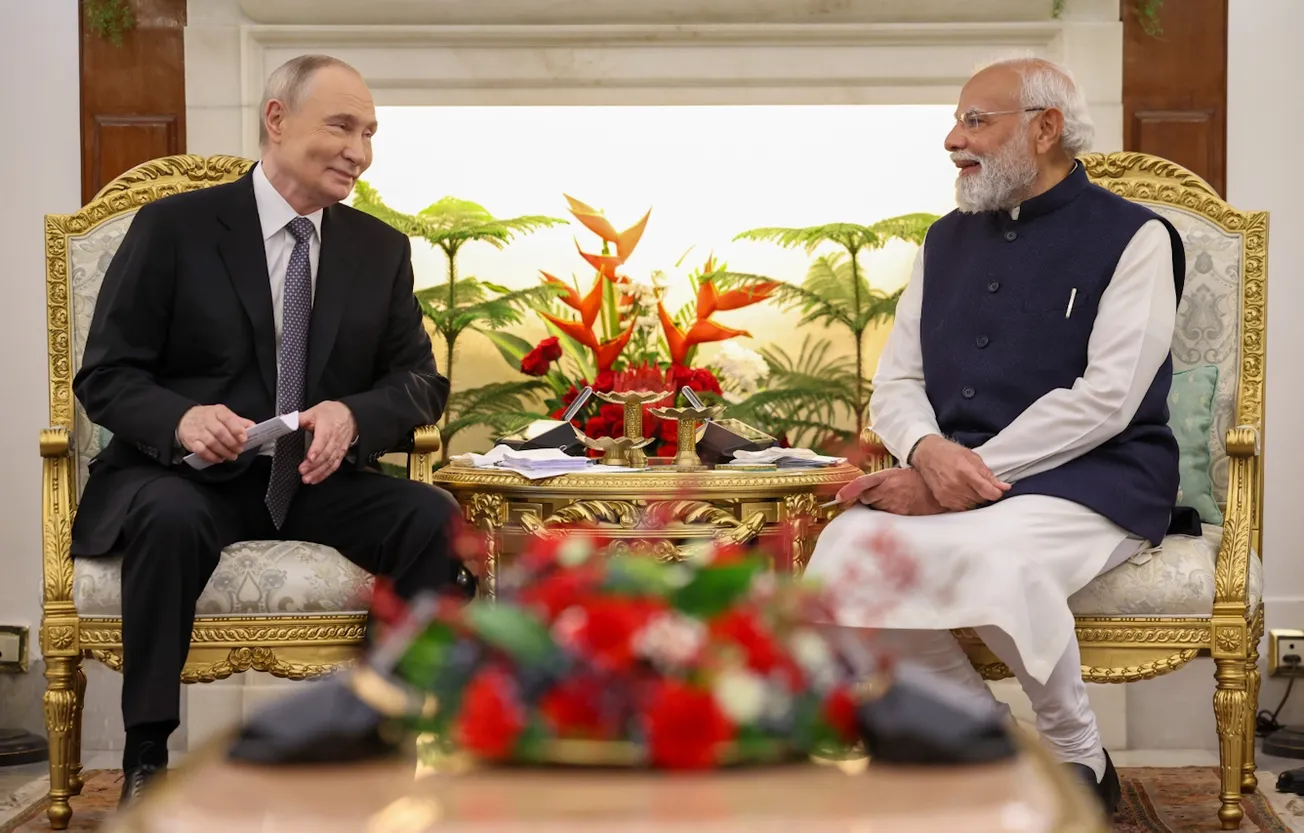Dubbed the “doomsday vault,” the facility lies on the island of Spitsbergen in the Arctic archipelago of Svalbard, halfway between Norway and the North Pole.
Stefan Schmitz, executive director of the Crop Trust, the Bonn-based organization that manages the vault, last opened it in October. With Tuesday’s deposit, it will contain one million different kinds of seeds from 30 global gene banks.

Experts say the world used to cultivate around 7,000 different plants, but now we get about 60% of our calories from three main crops – maize, wheat, and rice – making food supplies vulnerable if climate change causes harvests to fail.
“The seed vault is the backup in the global system of conservation to secure food security on Earth,” Schmitz told Reuters.
The Royal Botanical Gardens at Kew in Britain has banked seeds harvested from King Charles’ private residence at Highgrove, including grass species, clovers and broad-leaved flowering herbs.
The Norwegian government completed an $11 million, year-long upgrade of the vault in October. The vault was built at Svalbard because the Arctic’s cold climate means its contents will stay cool even if the power fails.









